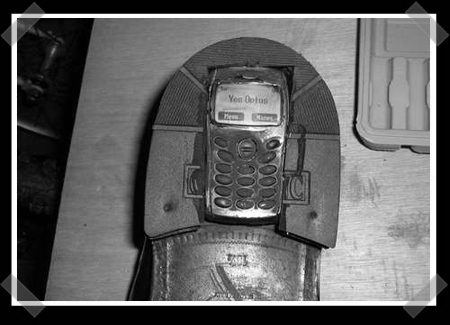
[Dave] sent us these fantastic instructions on how to hack a rear projection tv to be a multitouch interface. They’ve converted a 67″ inch TV by adding a couple of PS3 eye cameras and an infrared laser plane. There’s lots of great information, like how to replace the lenses on the PS3 eye cameras and how to create the custom fittings needed to make it all fit nicely. You can download the code, but it is Mac only. They claim that this is the first conversion of a commercial rear projection TV to multitouch, but we know better. You can see a video of it in action after the break.
















